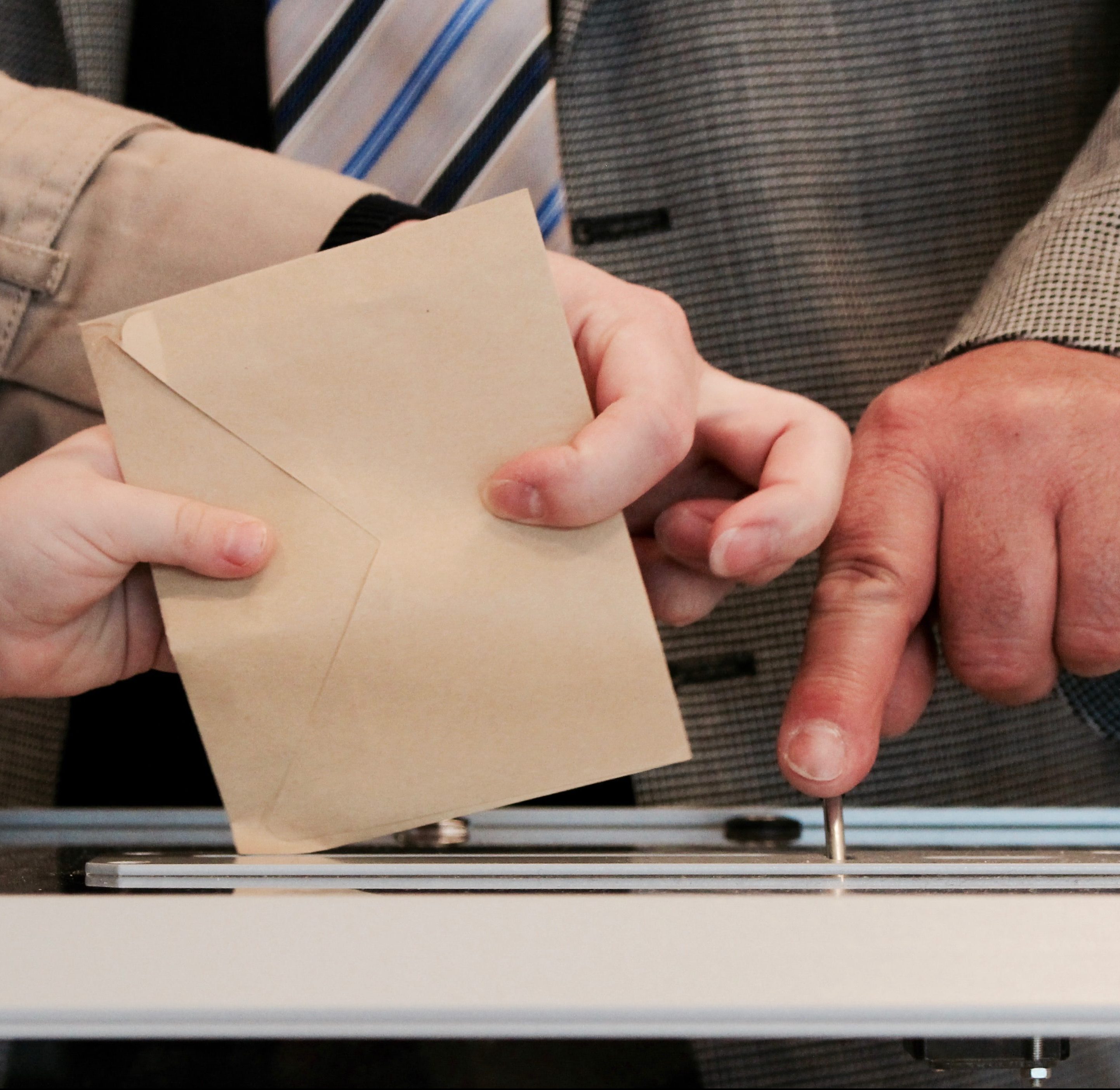October 21st, 2019 is a very important day for Canadians all over the country, it is our federal election. The party voted in will be the government in power for the next four years. It is our chance as citizens to voice our beliefs and vote for whatever party we feel represents us best.
Many students around campus may not realize why they are continually encouraged to vote in the upcoming election. They may be asking themselves “does my vote really matter?”. The answer to that question is YES. Your vote is your voice and although there are reasons why people may not want to vote, there are also so many reasons why you should.
“What is the point of voting when I already know how my riding will vote?”
The biggest reason why Canadians tend to not vote is that they feel powerless as a single individual and assume that the riding they are voting in will inevitably vote for a specific party. It is important to remember that your riding may continually result in one outcome because the majority of the people voting in that riding voted for that specific party. This ‘inevitability’ can be changed with your vote. If everyone who thinks as you do chooses not to vote because of a consistent outcome, then, of course, things won’t change. However, if all these people, including you, decided to vote and share their voices then the party that the majority voted for in your riding may change. Don’t be deterred by your riding’s past. New people can vote every single year and it has been four years since the last federal election.
Our school has partnered with the ‘Get Out the Vote Campaign’ in order to encourage Acadia students to vote. Their website goes over where and when you can vote on campus as well as what you need to bring in order to vote at the polling stations. Additionally, you can pledge your vote on their homepage. Doing so allows the campaign to gain an understanding of how many students from each university plan on voting. Acadia University is also competing against the other schools in Nova Scotia to see who gains the most pledges.
Many students on campus have not been exposed to some of the parties or their campaigns yet. In order for those people to gain a full understanding of each party and their promises, a summary of all four major parties in Canada are listed below:
Conservative Party of Canada
In 2003 when the Progressive Conservative Party merged with the Canadian Reform Conservative Alliance Party, the Conservative Party of Canada was born, technically making it Canada’s newest party. This party in the words of their own mission statement primarily, “stand for sovereignty and a strong national defense; open federalism and national unity; free enterprise and individual achievement”.
The head of their party, since May 27th, 2017, is Andrew Scheer. He has previously been an elected Conservative Member of Parliament (MP) from 2004 up until he was elected head of the Conservative Party. During his time in office, Scheer was elected Speaker of the House of Commons and served as Official Opposition House Leader. Scheer is currently running on his vision: “where taxes are low, government is limited, opportunity is unlimited, freedom is shared, and people are put before government!”
Upon reaching out to Kings-Hants Conservative representative Martha Maquarrie, to ask her a few questions regarding her party and platform, The Athenaeum received no response.
Liberal Party of Canada
As Canada’s oldest political party, the Liberal Party of Canada is the current governing party. While this party can be traced back far in history, the principles of the party have always been based on the ideas of liberalism including individual freedom for present and future generations, a just society, political freedom, religious freedom, national unity, equality of opportunity, cultural diversity, bilingualism, and multilateralism. Modernly the liberals are a party that is not only fiscally responsible but socially progressive.
The party’s current Leader is Justin Trudeau who has been the party leader since 2013 and the Prime Minister of Canada since 2015. Since taking office in 2015, Trudeau has completed some of the major promises he ran on in 2015 such as the legalization of marijuana. Trudeau has many ideas for Canada if re-elected and when asked why Canadians should vote for him? He replied that Canadians “are dreamers, innovators, builders. We know that in Canada, better is always possible. And we deserve a government that knows that too.”
Kings-Hants Liberal Representative Kody Blois sat down with The Athenaeum last week and gave us some insight into the Liberal party and their platform. This enlightening interview with Blois will be shared next week and will be available on The Athenaeum website then for those interested.
Canada’s New Democratic Party (NDP)
Canada’s New Democratic Party was originally a socialist party, that went under the name of the Cooperative Commonwealth Federation (CCF), whose goal was to democratically get rid of the capitalist system and instead rely on a government-planned economy. Since then the NDP have moved in a more moderate direction with the goal of implementing social democracy with a mixed economy. Now, this party is considered quite similar to the Liberals in terms of their beliefs but are slightly more aggressive regarding their positions on topics such as non-interventionist foreign policy and higher taxation for the wealthier individuals.
Jagmeet Singh has been the head of the NDP since October 1st, 2017 and served as a Member of the Provincial Parliament (MPP) for the Ontario New Democratic Party from 2011 – 2017. Only four years after working as an MPP, Singh became the deputy leader of the Ontario NDP and is the first non-christian person from a minority group to lead a party through a major election. Singh has previously said about his party, “The defining feature of the NDP – of every New Democrat – is that we are not only offended by inequality, we put everything we have into fighting it.”
The Green Party of Canada
Originally the Green Party of Canada was a one-issue party, only looking to raise awareness about the environment. When former leader Jim Harris took over the party in 2003, the Greens expanded from their one-issue ideals and began to market themselves as a center-left party. Since then the Greens have been slowly gaining popularity as they loudly voice their support for participatory democracy, nonviolence, social justice, sustainability, respect for diversity and ecological wisdom.
Elizabeth May, current leader since 2006, was the Green Party’s first elected Member of Parliament. A frequent volunteer and protester, May received a degree in law and immediately began working on behalf of consumer, poverty and environmental groups. Since becoming MP in 2011 May has received many titles by her fellow MPs: Parliamentarian of the Year 2012, Hardest Working MP 2013, and Best Orator 2014. Additionally, Hill Times recognized her as the Hardest Working MP, Best Constituency MP, and Best Public Speaker in both 2013 and 2014. As the climate crisis becomes more apparent to citizens around the world today May states: “I hold a vision of this blue-green planet, safe and in balance… we are emerging to a new reality. We are ready to make the next leap – as momentous as abolishing slavery or giving women the vote.”
Now that you are familiar with the basics of each party, you can go to this website which shows each parties’ platforms regarding important public policies, such as healthcare and education, for this upcoming election.






Great article, Rylie!
Very informing.
Will.
Good insight Riley!
Thanks for writing this post and rendering it public